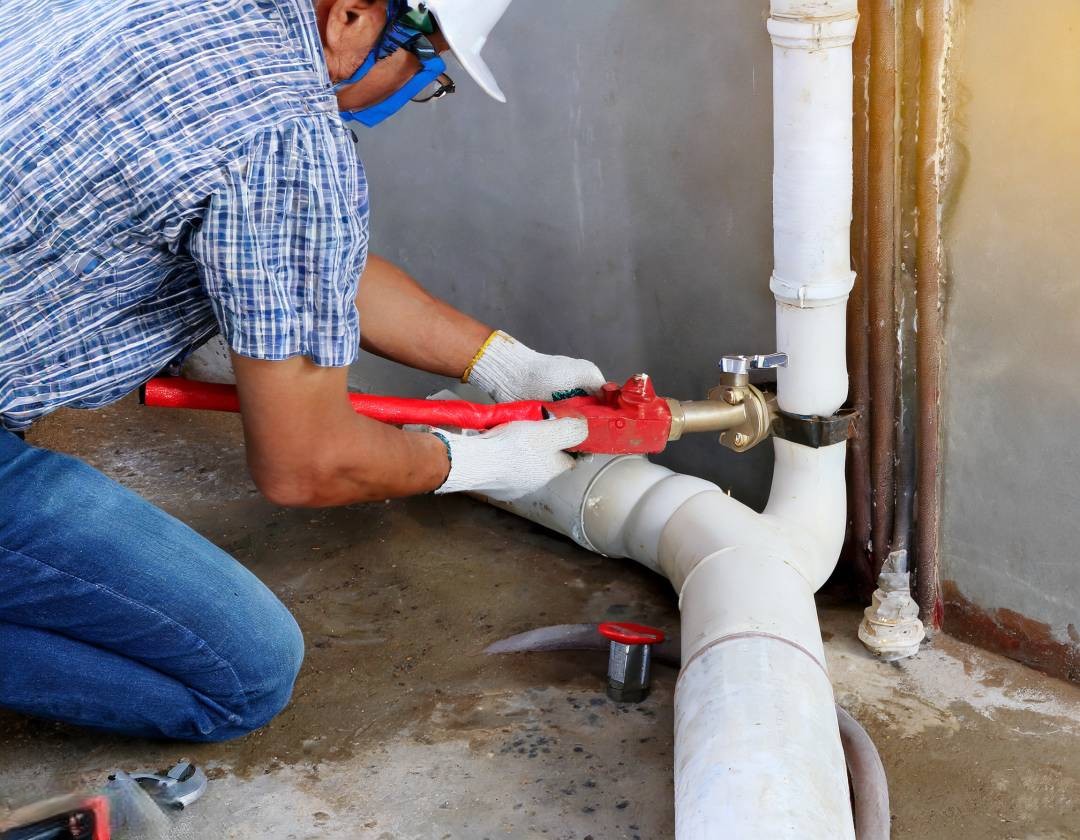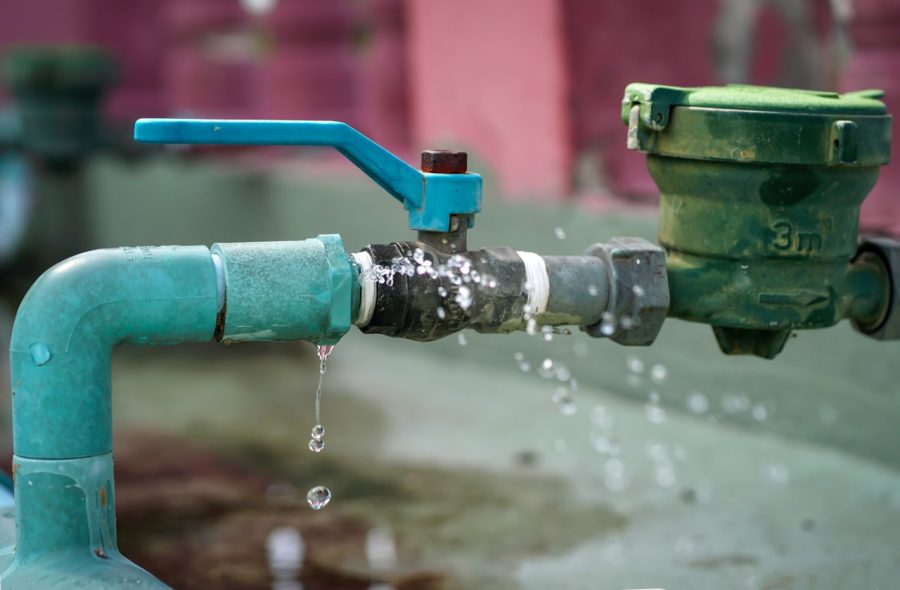Understanding Plumbing Challenges in Older Homes: Ways to Address Issues
Understanding Plumbing Challenges in Older Homes: Ways to Address Issues
Blog Article
Have you been in search of info concerning Main Plumbing Issues Found in Old Houses?

Older homes commonly include beauty, character, and history, however they can additionally bring a host of plumbing concerns. Whether you're handling aging pipelines, low water stress, or leaks, recognizing exactly how to deal with these common troubles is critical to preserving a risk-free and practical home. In this overview, we'll explore the normal plumbing obstacles encountered by older homes and offer useful remedies to maintain your plumbing in top form.
Comprehending Common Plumbing Concerns
Aging Pipes
One of one of the most common problems in older homes is maturing pipes. Depending upon the era in which your home was constructed, the pipelines might be made from products that have worn away gradually, such as galvanized steel, cast iron, or even lead. These materials can wear away, end up being weak, or establish leakages, leading to water damages and possible carcinogen.
Water Quality Testing
Older pipelines can affect the high quality of your water. Conduct a water top quality examination to look for contaminants such as lead, rust, or other contaminations that may be introduced by maturing pipelines.
Solutions for Typical Pipes Concerns
Changing Aging Pipes
If your home has old, degrading pipelines, consider changing them with modern-day materials like copper or PEX. This can be a substantial investment, but it will certainly protect against future concerns and improve the safety and security and reliability of your pipes system.
Fixing Low Water Pressure
To fix low water stress, start by cleaning or replacing old fixtures and removing mineral buildup in the pipes. If the issue continues, it might be required to change areas of rusty pipelines.
Fixing and Replacing Dripping Pipes
For small leaks, you can make use of pipeline clamps or epoxy putty as a temporary fix. Nevertheless, it's finest to change dripping pipes completely to stay clear of additional damage.
Upgrading Fixtures
Upgrading old components to modern-day, water-efficient models can improve your home's plumbing performance and decrease water usage. Look for fixtures with the WaterSense label for the best efficiency.
Taking Care Of Pipeline Rust
If your pipelines are rusted, changing them with corrosion-resistant products like copper, PVC, or PEX is the best service. Routine assessments and water top quality maintenance can assist stop additionally rust.
Low Tide Stress
If you're experiencing low water pressure, maybe as a result of natural resources, corrosion inside the pipes, or old fixtures that are no more functioning efficiently. This can be a significant trouble, particularly in areas like showers and sinks.
Dripping Pipes
Leaks are an additional regular issue in older homes, often brought on by corroded or worn-out pipelines. Even tiny leaks can bring about significant water damages, mold growth, and raised water costs otherwise attended to quickly.
Out-of-date Fixtures
Obsolete plumbing components such as faucets, commodes, and showerheads not only look old but might also be much less efficient, susceptible to leaks, or inappropriate with contemporary pipes criteria.
Pipe Corrosion
Deterioration is a common problem in older pipes, especially those made from galvanized steel or cast iron. Rusty pipes can limit water flow, trigger discoloration, and ultimately cause leaks or pipeline bursts.
Examining the Condition of Your Pipes
Inspecting Noticeable Pipes
Beginning by examining any kind of noticeable pipes in your house, such as those in basements, crawl spaces, or under sinks. Seek indicators of rust, leaks, or corrosion, which can show underlying concerns.
Checking for Leaks
Look for leaks by evaluating areas around taps, bathrooms, and under sinks. You can additionally monitor your water meter prior to and after a period of no water make use of to spot surprise leaks.
When to Call a Professional
While some plumbing problems can be handled with do it yourself remedies, there are times when it's best to contact a specialist. If you're dealing with major leakages, comprehensive rust, or are unclear concerning the condition of your pipes, a certified plumbing technician can supply experienced assessment and repair.
Preventive Maintenance Tips
Regular Evaluations
On a regular basis check your plumbing system for indications of deterioration. Catching problems early can avoid expensive repair work down the line.
Water Stress Regulation
Guarantee your water stress is within the advised array to stay clear of emphasizing your pipelines and fixtures. A plumbing professional can install a stress regulatory authority if needed.
Water High Quality Maintenance
Set up water filters or conditioners if your water top quality is poor. This can protect your pipes and fixtures from damage brought on by tough water or impurities.
Positive Pipe Replacement
If your home has very old pipes, think about aggressive replacement before significant issues arise. This can conserve you from emergency situation fixings and water damages.
Verdict
Managing pipes problems in older homes requires a mix of alertness, precautionary maintenance, and timely upgrades. By understanding the usual obstacles and understanding when to seek professional aid, you can ensure your pipes system continues to be practical and trustworthy for many years to come.
Common Plumbing Issues in Older Homes and How to Fix Them
Owning an older home in Australia comes with its unique charm and a set of challenges, especially when it comes to plumbing. The Sunshine Coast has many older properties that can harbour plumbing problems that aren t just inconvenient but potentially costly. Here s a look at some common plumbing issues in older homes and expert advice on how to handle them.
Outdated Piping Materials
Many older homes were built with galvanised steel, cast iron, or even lead pipes, materials that are far from ideal by today s standards. Galvanised pipes are prone to corrosion and clogging, while lead pipes pose serious health risks.
How to Fix:
Replacing old pipes is a job for a professional. Upgrading to copper or PVC piping not only enhances water quality and flow but also increases the property s safety and value. If you suspect your home has outdated materials, a licensed plumber can conduct a thorough inspection and recommend the best course of action.
Corrosion and Pipe Degradation
Over time, exposure to water and minerals can cause pipes to corrode, leading to leaks, bursts, and water contamination. Corrosion is especially common in homes over 50 years old.
How to Fix:
Regular inspections can catch early signs of corrosion. If corrosion is found, the affected section of piping often needs to be replaced. For homes with extensive corrosion, a complete plumbing overhaul might be necessary. It s crucial to consult with a plumbing expert to understand the extent of the issue.
Tree Root Intrusion
Older neighbourhoods usually have mature trees whose roots can intrude into pipe lines, causing blockages or damage. This is particularly problematic for sewer lines, where roots seek out water sources.
How to Fix:
A plumber can use a specialised camera to inspect sewer lines for root intrusion. If roots are a problem, methods like root cutting or hydro-jetting can clear the obstruction. In severe cases, part of the pipe may need replacing. Consider root barriers around the piping to prevent future issues.
Inadequate Water Pressure
Low water pressure in older homes can be due to various factors, including corroded water lines, sediment build-up in pipes, or outdated fixtures.
How to Fix:
First, check if the low pressure is isolated to one area or throughout the house. Replacing old fixtures can sometimes resolve the issue. However, if the problem is more widespread, it might be due to sediment or corrosion. Flushing the system or replacing the affected pipes usually restores normal pressure. Again, a professional assessment is advisable.
Outdated Fixtures
Older homes often feature fixtures that are not only visually dated but functionally inefficient. This includes everything from toilets and taps to showerheads and washing machine hoses.
How to Fix:
Updating these fixtures can improve both water efficiency and the aesthetic appeal of your home. Modern fixtures are designed to conserve water, which can significantly reduce your water bill and lessen your environmental impact.
Conclusion
Maintaining the plumbing in an older home requires a proactive approach. Regular checks and updates are key to preserving these beautiful properties. If you re facing plumbing issues in your older home, it s best to call on experienced professionals like Green & Gold Plumbing & Gas. With the right expertise, even the most daunting plumbing problems can be resolved, ensuring that your home s character is maintained while its functionality is enhanced.
https://gandgplumbing.com.au/common-plumbing-issues-in-older-homes-and-how-to-fix-them/

Hopefully you enjoyed reading our section about Common Plumbing Challenges In Old Buildings. Many thanks for taking time to read our article. Liked our write-up? Please quickly share it. Help someone else discover it. We enjoy reading our article about Plumbing Problems In Old Homes.
Call Today Report this page